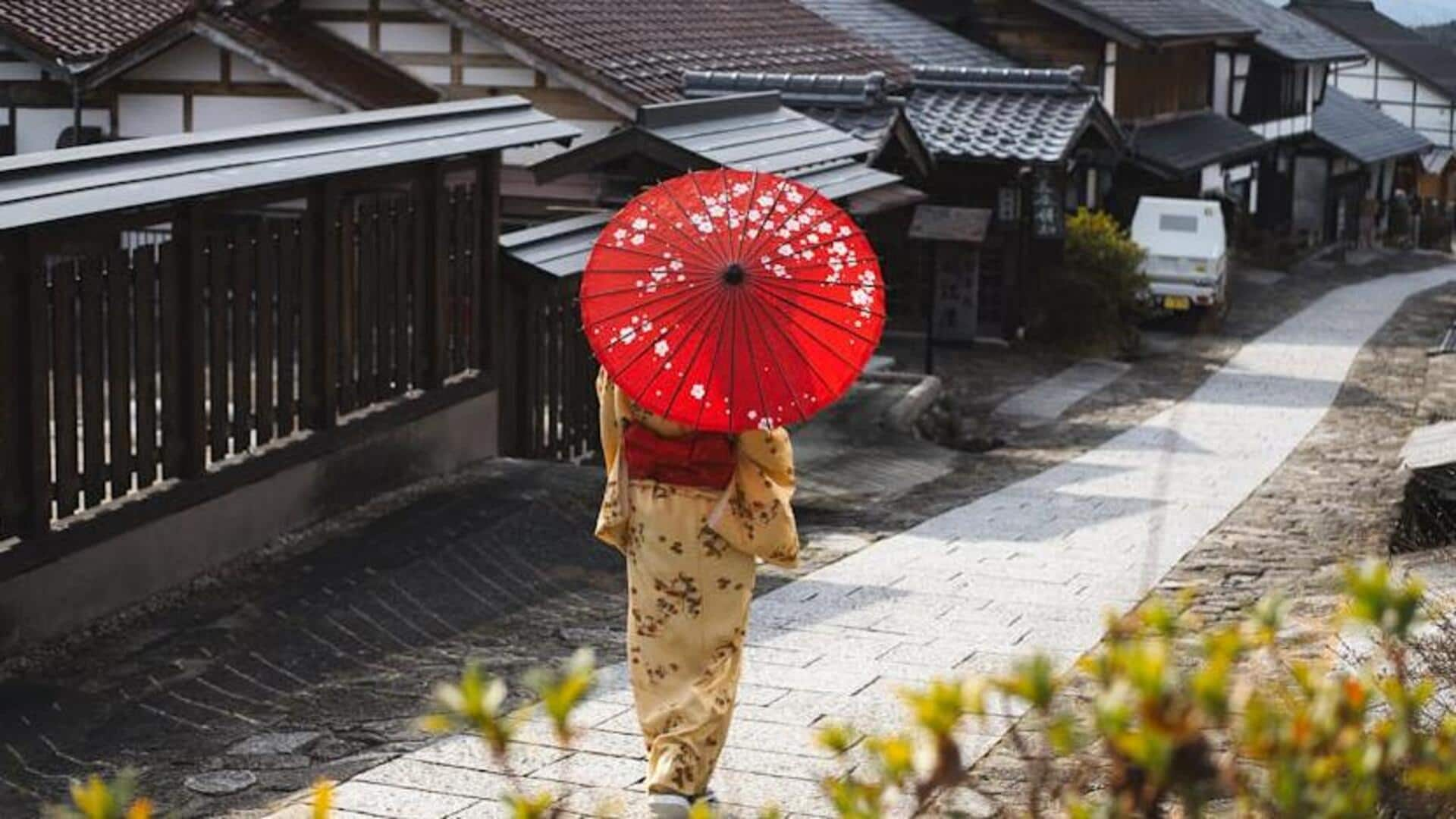
A guide to dressing for international tea ceremonies
What's the story
Tea ceremonies are a globally cherished tradition, each with unique customs and attire. From Japan's serene tea rooms to Morocco's vibrant gatherings, these ceremonies go beyond just enjoying tea; they symbolize cultural exchange, respect, and artistry. This article aims to guide on dressing appropriately for various international tea ceremonies, ensuring participants honor these rich traditions with their attire.
Attire 1
Japanese tea ceremony elegance
For a Japanese tea ceremony, embracing simplicity and modesty is essential. Women typically wear kimonos featuring subdued colors and patterns, while men might choose a dark-colored kimono or opt for subdued business attire. Comfort is crucial, as participants will be seated on tatami mats for the duration. Footwear that can be easily removed is recommended, adhering to the custom of not wearing shoes indoors.
Attire 2
Moroccan tea gathering vibrancy
Moroccan tea ceremonies, less formal but vibrant, encourage wearing comfortable, loose garments like kaftans or maxi dresses. These often feature intricate patterns or embroidery, showcasing the event's joyous spirit. Bright colors are preferred to reflect the lively atmosphere. For footwear, flat shoes or sandals that can be easily slipped off are advisable, ensuring both comfort and adherence to the relaxed nature of these gatherings.
Attire 3
Chinese tea ceremony tradition
In China, the tea ceremony (or gongfu cha) attire can vary depending on the formality of the occasion. For casual settings, neat and conservative clothing is appropriate. For more formal events, traditional Chinese garments such as cheongsams (qipao) for women or changshan for men can be worn. Comfort is crucial as participants may sit for extended periods.
Attire 4
British afternoon tea sophistication
British afternoon tea typically requires smart casual to semi-formal attire. Women may wear dresses or skirts with blouses, while men could choose trousers and dress shirts. Jackets, though optional, enhance sophistication. Prestigious venues often demand more formal dress. Adhering to these dress codes allows participants to respect and fully engage in the cultural experience of afternoon tea.